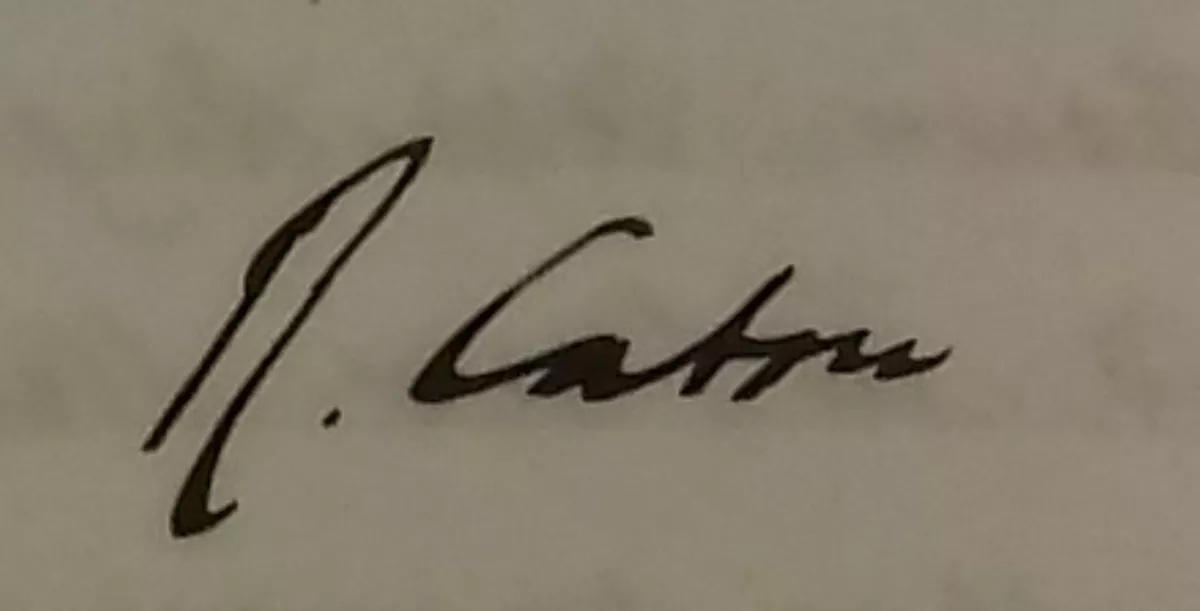 1.
1. Richard Caton's father gave up his medical practice through ill health and moved to Scarborough where he died.

 1.
1. Richard Caton's father gave up his medical practice through ill health and moved to Scarborough where he died.
Richard Caton moved to Liverpool in 1868 and became assistant physician to The Liverpool Infirmary for Children.
Richard Caton was physician to the Northern Hospital, Liverpool from 1876 to 1886, and physician to the Liverpool Royal Infirmary from 1886 to 1902, where he became consulting physician upon his retirement.
Richard Caton was Vice-Chairman of the Liverpool School of Tropical Medicine from its foundation in 1899.
In 1869 Dr Richard Caton was Demonstrator in Comparative Anatomy at the Liverpool Royal Infirmary School of Medicine which at the time allowed degrees to be taken at University of London.
Richard Caton played a crucial part in the expansion of the medical school, which included a physiology laboratory opened in 1873.
Dr Richard Caton played a key role in establishing higher education in Liverpool.
Richard Caton worked as part-time Professor of Physiology from 1882 to 1891.
When George Holt, the shipping line owner, endowed the Chair of Physiology at University College Liverpool in 1891 as a full-time appointment, Richard Caton resigned in favour of Francis Gotch who was succeeded in 1895 by Charles Scott Sherrington.
Dr Richard Caton was on the Court of Governors of the University from the start.
Richard Caton was a Pro-vice-chancellor of the University from 1921 to 1924, and served for a time as Dean of the Faculty of Medicine.
On 4 August 1875 Richard Caton reported to the British Medical Association in Edinburgh that he had used a galvanometer to observe electrical impulses from the surfaces of living brains in the rabbit and monkey.
Richard Caton had already published experiments on the brains of dogs and apes in which bare unipolar electrodes were placed either on the surface of both hemispheres or one electrode on the cerebral cortex and the other on the surface of the skull.
Richard Caton wrote a number of clinical papers for the British Medical Association, which arose from observations during his clinical practice.
Richard Caton wrote on such diverse topics as intestinal antisepsis, acromegaly, rheumatic endocarditis, cardiac dilatation and hypertrophy.
Richard Caton developed his interest in the classics, giving a lecture to the Royal Institution, London, in 1898 on the topic of the excavations carried out by European and American archaeologists who deciphered inscriptions and restored buildings such as the Temple of Asklepios at Epidauros.
Dr Richard Caton was President of the Liverpool Medical Institution where his portrait by G Chowne hangs.
Richard Caton was a founder-member of the Physiological Society.
Richard Caton was on the building committee for the new Anglican Cathedral in Liverpool.
Richard Caton was alive to see the first stone laid in 1904.
Richard Caton was elected its inaugural president, chairing the society's debates and taking detailed minutes.
In 1869, Dr Richard Caton moved from Edinburgh to Liverpool, where he lived for the rest of his life.
Richard Caton's mother died at his house in Abercromby Square in 1873.
Richard Caton lived at a number of addresses including Livingstone Drive Sefton Park, Balmoral Road Fairfield, Lea Hall Gateacre, and Sunnyside Princes Park.
Richard Caton's health worsening, with increasing sciatica, Caton moved to Surrey for warmer climes.
Richard Caton was buried at All Saints' Church, Childwall, Liverpool, on 6 January 1926.